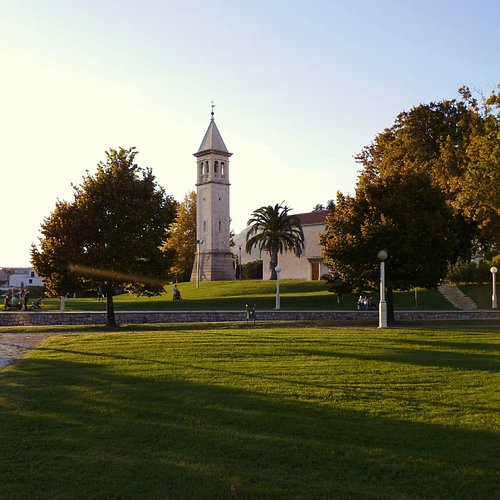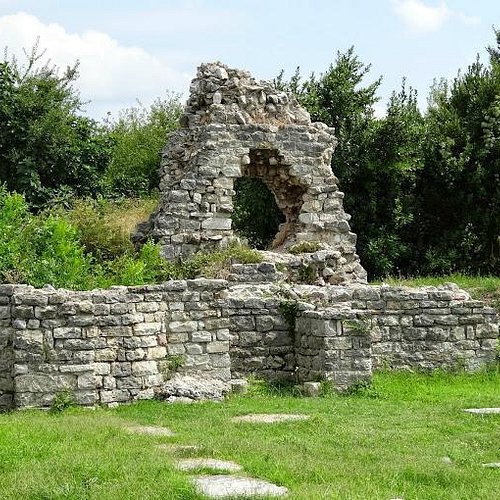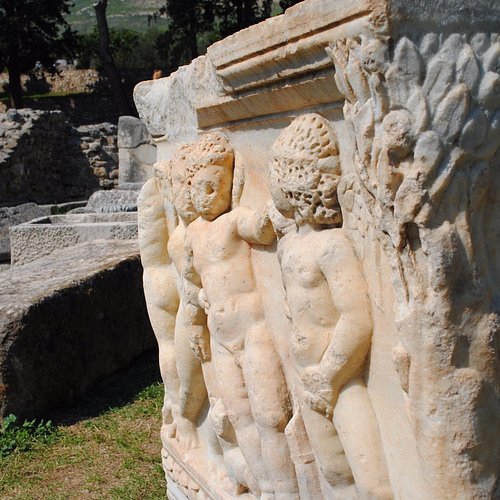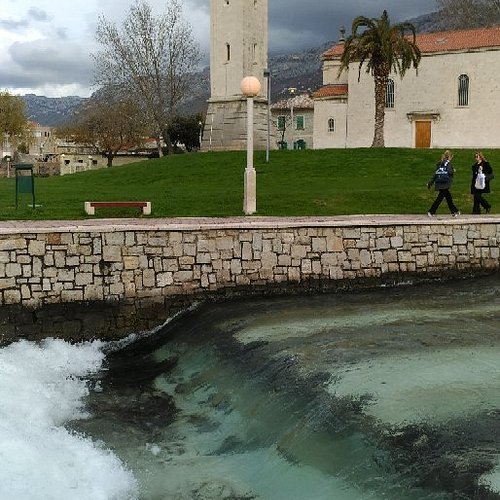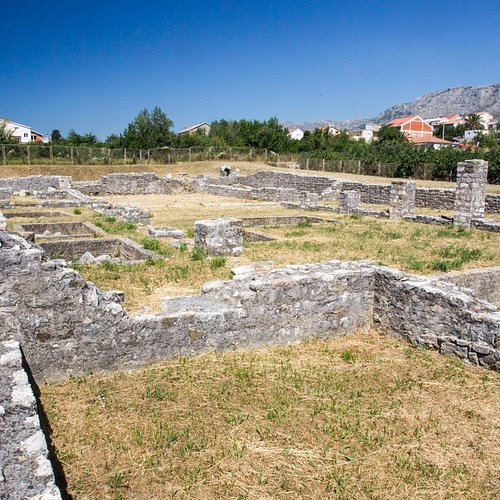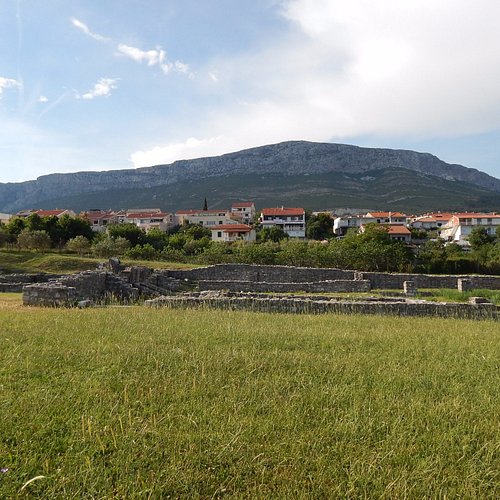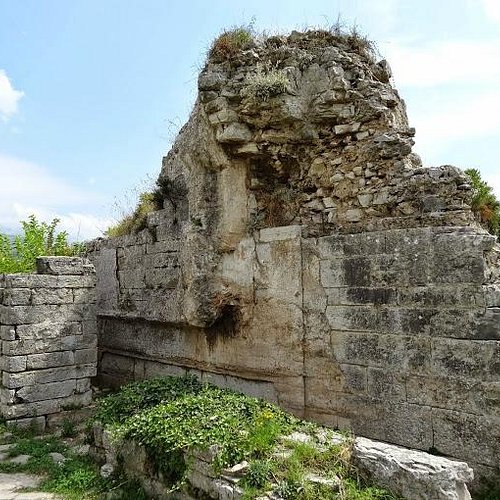What to do and see in Solin, Dalmatia: The Best Sights & Landmarks
Solin (Latin and Italian: Salona, Ancient Greek: Σαλώνα) is a town in Dalmatia, Croatia. It is situated right northeast of Split, on the Adriatic Sea and the river Jadro.
Restaurants in Solin
1. Gaspina mlinica
Overall Ratings
5.0 based on 7 reviews
2. Our Lady’s Islet (Gospin otok)
3. Suplja Crkva
Overall Ratings
4.5 based on 3 reviews
This sight is close by the river Jadro, to the east of Salona. Remains of churches on this place are known for centuries by the local people by the true, descriptive name of Suplja crkva (Hollow Church). The name originates from the time when there were walls of an unattended church with a collapsed roof, recorded on the Camuci's map of 1571.
4. Basilica urbana
Overall Ratings
4.5 based on 8 reviews
This was Salona's main ecclesiastical centre. It was created next to the first Christian oratorium, located in a private house, so-called domus ecclesiae. It was in an area surrounded on the western side by town walls, in the east by a street leading to the small gates in the north town walls, and on the southern side by the street passing through the old town gate - Porta Caesarea.
5. Manastirine
Overall Ratings
4.5 based on 14 reviews
The Christians followed Roman tradition and customs that the dead had to be buried outside towns. Manastirine, along with Kapljuc and Marusinac were private country lands for cemetaries. The reason was that in Salona, the first Christian cemeteries were created at the time of illegality, when Christianity had no right of preaching.
6. Jadro River
7. Ruins of the Solin Amphitheatre
Overall Ratings
4.0 based on 230 reviews
Reviewed By SueM1950 - Sudbury, United Kingdom
I am really glad we choose Croatia as a holiday destination. We visited all these historic sites and it was so enlightening. Even if you aren't into history it's worth a visit.
8. Kapljuc
9. Town Baths
Overall Ratings
4.0 based on 9 reviews
Besides the private baths in luxurious private homes and villas, in towns there were also public thermae - baths by Ancient Roman customs and traditions. The best preserved Salonitan thermae are in the so-called Peter's Street, to the east of the town basilicas (the Christian episcopal cemetery complex).
10. Town Gate - Porta Caesarea
Overall Ratings
4.0 based on 9 reviews
The large gate, named picturesquely Porta Caesarea for its monumentality, was located in the eastern walls of the initial town, the Dyggve's urbs vetus. Both the gate and the walls next to it are evidently old. They could have been built at the beginning of the first century A.D., i.e. in the last years of August's rule.
Reviewed By covjek2019 - Mostar, Bosnia and Herzegovina
Just like a read in one of the reviews, why not say it again - not a main attraction in city of Split, but on 'your day off', you should really come to this whole Roman complex - and it is a shame that excavations, archeology is not a non-stop operation there because to reveal the whole of Roman 'megapolis' on Eastern shores of Adriatic would make a hell of an attraction!


